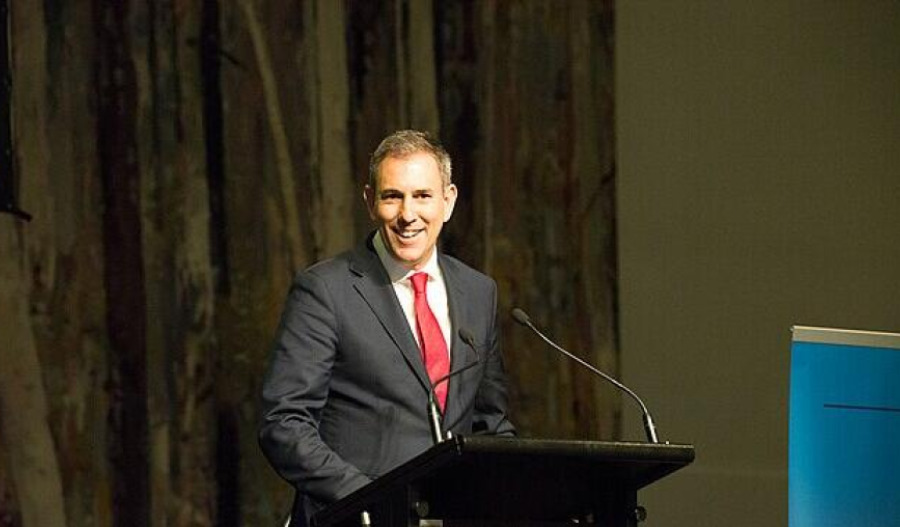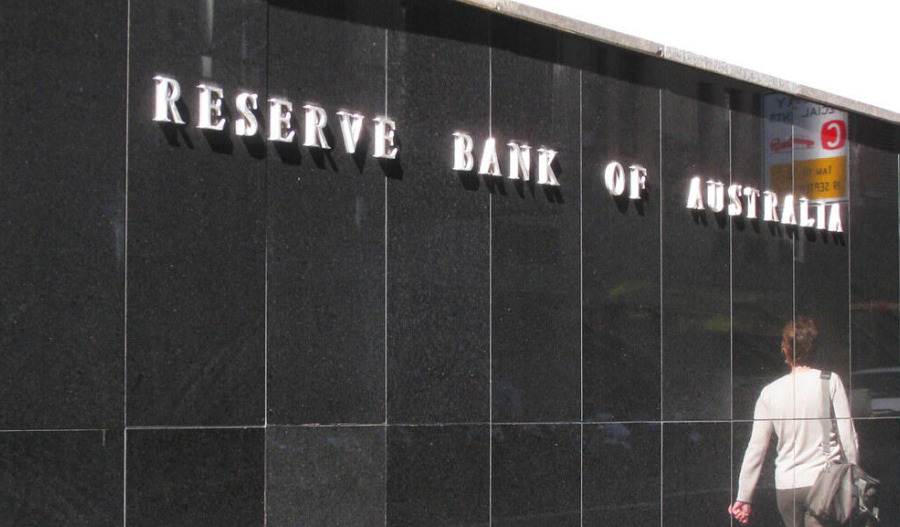The Reserve Bank of Australia (RBA) believed interest rates needed to be further reduced in the coming year to preserve full employment and reduce inflation to the midpoint of its target range.
But it was not clear to Members of the RBA’s Monetary Policy Board if the official cash rate should be lowered at a gradual or faster pace, according to the Minutes of the last Board meeting published on Tuesday.
The RBA announced a 25 basis point cut in the cash rate to 3.60% after the meeting of the Board held on 11 and 12 August.
“Members agreed that – based on what they knew at the time of the meeting – preserving full employment while bringing inflation sustainably back to the midpoint of the target range appeared likely to require some further reduction in the cash rate over the coming year,” the Minutes read.
RBA staff were forecasting that the Board would achieve its inflation and full employment objectives over the medium term if the cash rate was reduced at the August meeting, “and somewhat further thereafter”.
A tight labour market, a forecast for inflation to be marginally above the target range midpoint in the medium term and recovering private demand were among the conditions that warranted a gradual pace of reduction, according to the Minutes.
Uncertainty about spare capacity and the neutral interest rate could warrant a measured approach to assessing incoming information.
“But, other considerations might warrant a slightly faster reduction in the cash rate over the coming year, such as the labour market already being in balance and forecasts became more clearly skewed to the downside,” the Minutes said.
“In such circumstances, maintaining a slightly restrictive stance of monetary policy could result in inflation undershooting the midpoint of the target range as excess capacity emerged in the labour market.
“A slightly faster reduction would also be appropriate if the overall balance of risks to the forecasts became more clearly skewed to the downside, perhaps because of adverse developments in the global economy or the anticipated handover from non-market sector to market sector employment growth not proceeding smoothly.
“Members agreed that it was not yet possible to judge between these alternative scenarios for the pace of future reduction in the cash rate, given the prevailing uncertainties.
“In light of this, they emphasised the need to be attentive to the data and to be guided by how they shape the evolving assessment of risks.”
The Minutes noted that market expectations for the path of the cash rate prior to the August Board meeting were slightly below the level they were at ahead of the May meeting, but a little higher than they had been before the July meeting.
“Market participants were anticipating a 25-basis point cut at the current meeting, with two further cuts by early 2026,” the Minutes read.
The Board also believed the RGA’s downward revision to medium-term productivity growth did not have implications for inflation or monetary policy, with output growth still subdued but showing signs of picking up.



